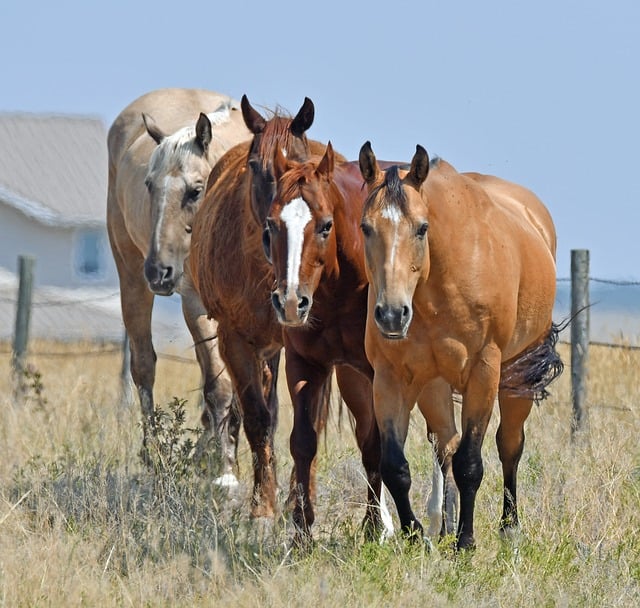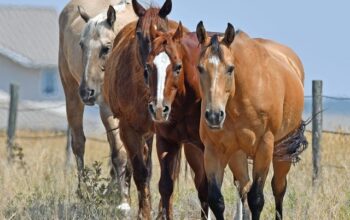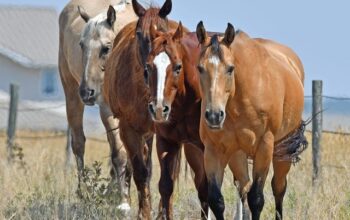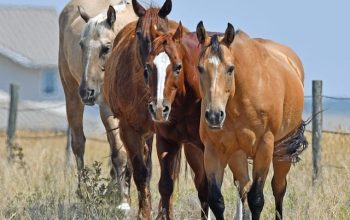Protecting crops from wildlife is a growing challenge in agriculture, but strategic farm fencing offers a robust solution. Different fence types like electric high-tension, solid wooden, and metal mesh barriers deter animals like deer, rabbits, and wild boars, creating secure crop buffers. Effective installation and maintenance are key to their success, with case studies showing reduced wildlife damage and improved farm management. 'Fence for farms' is a valuable tool for farmers seeking sustainable practices and optimized yields.
In the face of growing wildlife-crop conflicts, protecting crops with effective farm fencing has become a vital strategy for farmers. This article explores the increasing need for robust fences to safeguard agricultural lands from damage caused by animals. We delve into various types of fences suitable for diverse farming settings, highlighting their effectiveness and durability.
Additionally, we provide an installation guide and share inspiring case studies showcasing successful fencing implementations that have transformed farms, ensuring bountiful harvests year after year. Discover the ultimate solutions for keeping both your crops and livestock safe with our comprehensive guide on farm fencing.
- Understanding the Need for Farm Fencing to Protect Crops from Wildlife
- Types of Fences Suitable for Agricultural Settings and Their Effectiveness
- Installing and Maintaining Effective Farm Fencing for Maximum Protection
- Case Studies: Successful Implementation of Fencing to Safeguard Crops in Real-World Farms
Understanding the Need for Farm Fencing to Protect Crops from Wildlife
In the world of agriculture, protecting crops from wildlife is a constant challenge that farmers face. With an increasing human-wildlife conflict, finding effective solutions has become more important than ever. One of the most robust and reliable methods to safeguard crops is through the implementation of farm fencing. A well-designed fence for farms acts as a physical barrier, preventing animals like deer, rabbits, and wild boars from accessing fields and gardens.
These wildlife species can cause significant damage to crops, resulting in reduced yields and potential financial losses for farmers. By understanding the unique behavior patterns and migration routes of local wildlife, farmers can strategically place fencing to create a secure buffer zone around their crops. This proactive approach ensures that valuable resources are protected, enabling farmers to focus on sustainable practices and yield optimization.
Types of Fences Suitable for Agricultural Settings and Their Effectiveness
When it comes to protecting crops from wildlife, choosing the right fence is essential. In agricultural settings, a combination of height and material goes a long way in deterring unwanted visitors. For example, high-tension electric fences are increasingly popular due to their effectiveness and relatively low cost. These fences deliver a safe but powerful shock, effectively keeping out small mammals and birds. They are particularly useful for enclosing fields with tall crops like corn or wheat.
Other options include solid wooden fences, which provide a physical barrier that’s visible and hard to breach. Metal mesh fences are another durable choice, offering both strength and flexibility. Their open structure makes it harder for larger animals to climb over, while the wire mesh discourages digging. Additionally, modern designs feature UV-resistant materials, ensuring these fences withstand the elements. For a farm-scale solution, a combination of different types can be employed, leveraging each material’s strengths to create a multi-layered defense against wildlife damage.
Installing and Maintaining Effective Farm Fencing for Maximum Protection
Installing a robust farm fencing system is a crucial step in safeguarding crops from wildlife intrusions. When selecting a fence for farms, consider materials that offer both durability and effectiveness. Electric fences are a popular choice as they provide a safe yet effective deterrent for many animals. Properly installed, these can be highly efficient in protecting against deer, rabbits, and other common crop raiders.
Regular maintenance is key to keeping your farm fencing system at peak performance. Check for any signs of damage or wear, especially during the busy farming season when wildlife activity peaks. Repairs should be promptly addressed to maintain the integrity of the barrier. Ensure posts are secure, wires taut, and all gates or hinges well-oiled for smooth operation. Seasonal adjustments might also be required, such as adding extra fencing during known high-activity periods or making adjustments based on weather changes that can impact animal behavior.
Case Studies: Successful Implementation of Fencing to Safeguard Crops in Real-World Farms
In many regions, farmers have successfully implemented fencing as a powerful tool in their arsenal to protect crops from wildlife. These case studies demonstrate that strategic and well-designed fences can significantly reduce wildlife damage while enabling efficient farm management. For example, on a large-scale agricultural property in the Midwest, a 6-foot high, electrified fence surrounding a vast cornfield has shown remarkable success in deterring deer and other herbivores. This particular fence features an underground wire system, ensuring minimal impact on the landscape while providing maximum protection.
Another inspiring example comes from a small organic farm on the West Coast, where farmers encountered issues with gophers and ground squirrels damaging their vegetable crops. They installed a custom-built, buried fence made of durable mesh material, extending several feet below the surface to block burrowing animals. This innovative solution not only saved their crops but also allowed them to expand their sustainable farming practices. These real-world implementations highlight how effective fencing can be in various farm settings, offering a tangible solution for farmers facing wildlife-related challenges.
Implementing robust farm fencing is a game-changer for farmers aiming to protect their crops from wildlife. By choosing suitable fencing types and ensuring proper installation and maintenance, agriculture can be revolutionized, leading to increased yield and reduced crop damage. Effective farm fencing solutions not only safeguard crops but also contribute to the overall sustainability and success of farming operations. For those seeking to enhance their agricultural practices, investing in a robust fence for farms is a strategic move that promises tangible benefits.




